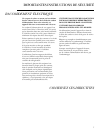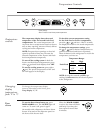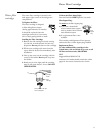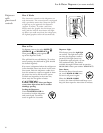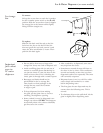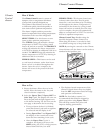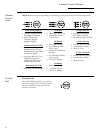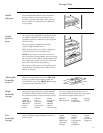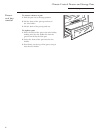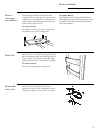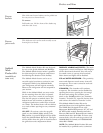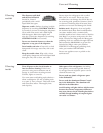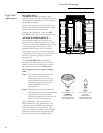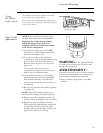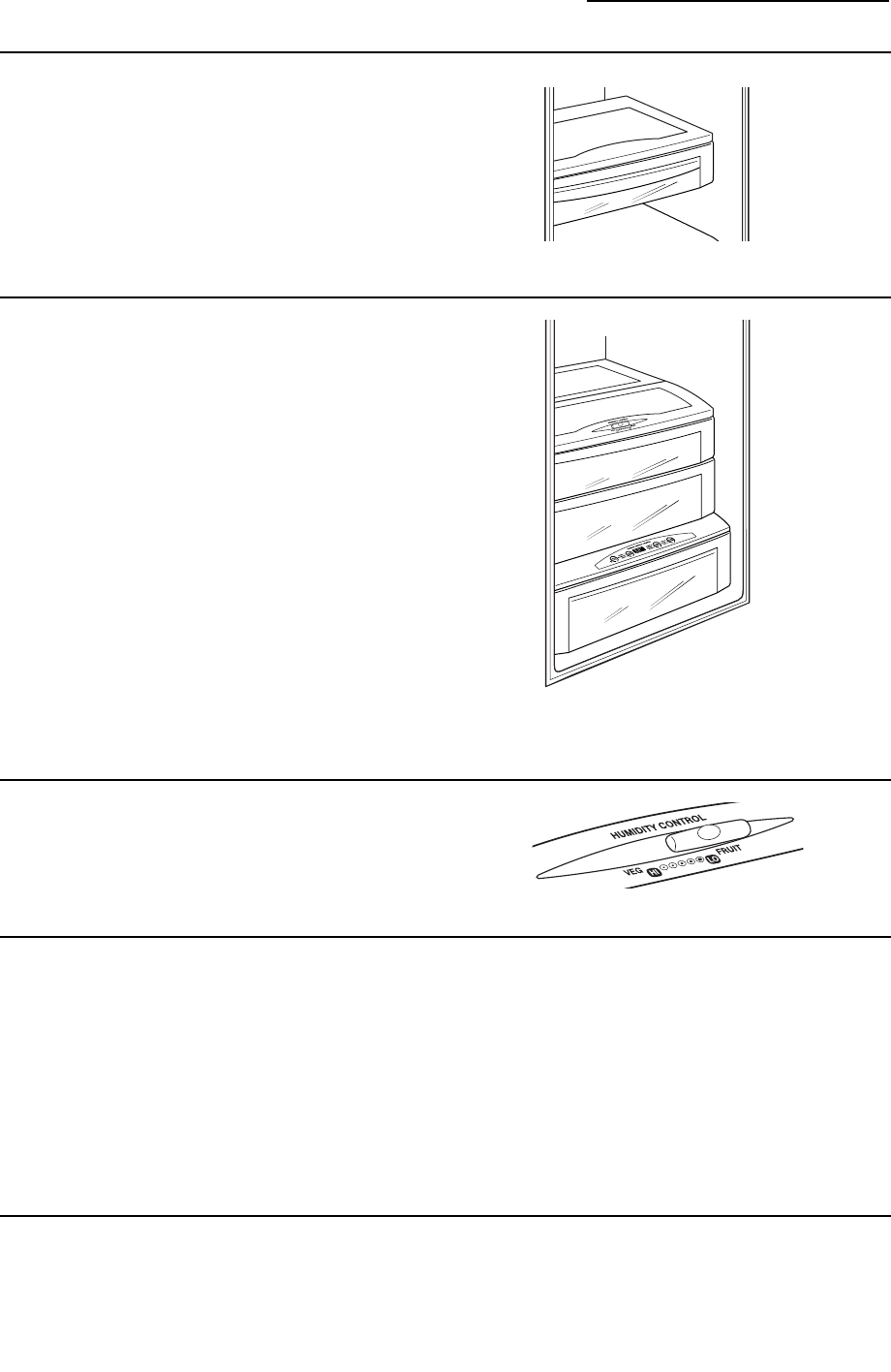
15
• Artichokes
• Asparagus
• Beets, topped
• Blueberries
• Carrots
• Celery
• Cherries
• Corn
• Cucumbers
• Currants
• Greens, leafy
• Lettuce
• Parsley
• Peas, green
• Radishes
• Rhubarb
• Spinach
• Tomatoes, ripe
• Broccoli
• Brussels sprouts
• Cabbage
• Cauliflower
• Green onions
• Parsnips
• Turnips
Sealed
deli pan
Use the Sealed Deli Pan for the convenient
storage of lunch meats and cheese, hors
d’oeuvres, spreads and snacks. The pan and
shelf to which it is attached can be adjusted
to any height.
Storage Pans
Built-In Refrigerators
Sealed
produce
pans
The top pan has adjustable humidity levels for
the higher humidity levels required by most
vegetables and lower humidity levels required
for most fruits.
The second pan is designed to provide
constant high humidity levels.
Make sure the drawers are closed completely
to maintain the correct humidity level.
NOTE: The Climate Control drawer can be
used as another sealed produce pan by turning
the controls on the Climate Control drawer off.
The temperature inside the drawer will be the
same as the fresh food compartment.
How long produce can be stored will depend
upon the type of food and its condition when
placed in the pans.
Adjustable
humidity
control
Slide the control all the way to the VEG (HI)
setting to provide high humidity. Slide the
control all the way to the FRUIT (LO) setting
to provide lower humidity levels.
High
humidity
storage
Storing unwrapped foods in a high humidity
environment keeps foods fresh by retaining
the natural moisture content of foods such as:
As in any refrigerated storage area, it is
recommended that foods with strong odors
be stored wrapped—foods such as:
• Apples
• Apricots
• Grapes
• Mushrooms
• Nectarines
• Oranges
• Papayas
• Peaches
• Pears
• Pomegranates
• Mangoes
• Raspberries
• Squash,
summer
• Strawberries
• Tangerines
Low
humidity
storage
Lower humidity storage should be used for
items such as:



